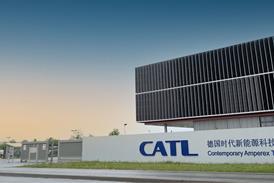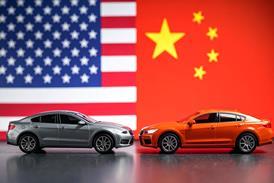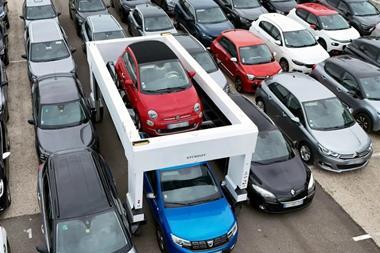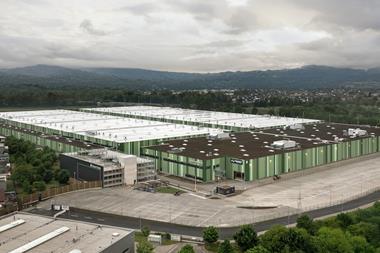 Premium vehicle manufacturers are stipulating improving standards of suppliers’ component quality in order to meet the demand of increasingly sophisticated buyers according to emergency logistics specialist Evolution Time Critical. As a result severe knock-on effects could be felt throughout the supply chain says the company. Fierce industry competition is increasing the expectations of end-users, and therefore vehicle manufacturers, to improve quality without affecting costs, and this will place intensified strain on even the most robust supply chain.
Premium vehicle manufacturers are stipulating improving standards of suppliers’ component quality in order to meet the demand of increasingly sophisticated buyers according to emergency logistics specialist Evolution Time Critical. As a result severe knock-on effects could be felt throughout the supply chain says the company. Fierce industry competition is increasing the expectations of end-users, and therefore vehicle manufacturers, to improve quality without affecting costs, and this will place intensified strain on even the most robust supply chain.
“We have spoken to suppliers of major vehicle manufacturers who have seen an increased rejection rate of components on the production line; these have passed in-house testing but been failed by more rigorous inspection by the OEM,” says Evolution Time Critical's managing director, Brad Brennan (pictured). “Quality levels that have been acceptable in the past are no longer sufficient, especially interior trim, and societal expectations are likely to drive this intensifying scrutiny year-on-year. For example, a vehicle manufacturer recently told us of stocks that were rejected due to the quality of the stitching on seat bases, away from the eye line and where the customer would never see.
“As suppliers adjust to this change in demand it is vital that further component stock is available swiftly so as to avoid any break in production, which places further pressure on depleted reserve stocks and tests suppliers’ ability to replenish these while continuing to meet existing demand,” he continues. “In these instances, premium freight and emergency logistics expertise are crucial tools in enabling supply chain continuity by bridging these under-strain links.” [sam_ad id=6 codes='true']
The long lead times experienced by some tier suppliers operating in the supply chain result in a potential lack of flexibility, which is exacerbated by this expectation for increasing quality standards. If components are deemed to be fundamentally not fit for purpose by an evolving market place, then it can lead to tier suppliers being over-stocked with obsolete components: replacement deliveries from existing suppliers or successful sourcing from alternative suppliers are not quick-fix solutions without just-in-time expertise to bridge a gap in supply.







































